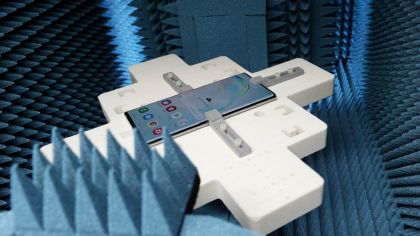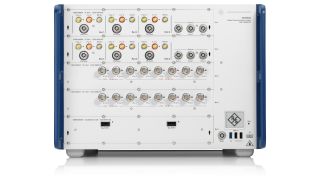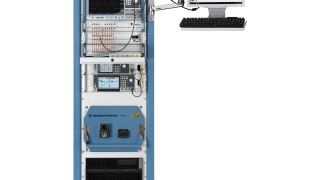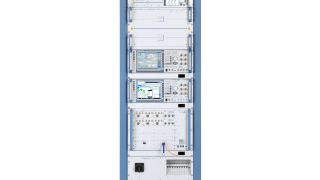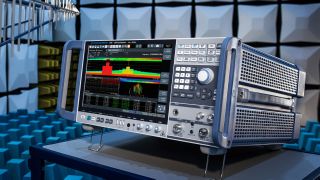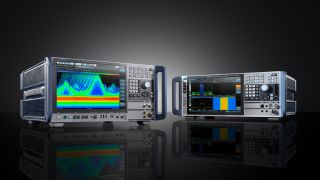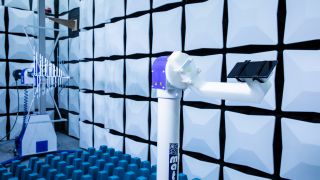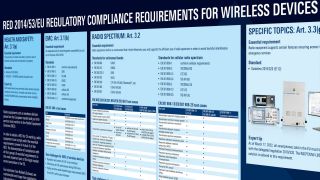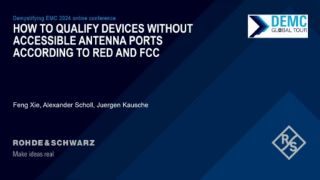RED testing for wireless products
Ensuring compliance with the EU Radio Equipment Directive (RED)
The EU Radio Equipment Directive (RED) 2014/53/EU establishes a comprehensive regulatory framework for the design, manufacturing and marketing of radio equipment across the EU. This directive guarantees a unified market for radio equipment with high standards of safety, health, electromagnetic compatibility and efficient use of the radio spectrum.
This directive applies to any electrical or electronic product that emits or receives radio waves for communication or determination purposes. Such products include mobile phones, broadcast TV and radio receivers, satellite terminals and any equipment that uses Wi-Fi, Bluetooth, ZigBee or other wireless communication technology.
To introduce radio equipment to the EU market, manufacturers must comply with the requirements outlined in RED. These requirements cover a wide range of topics, including:
- Health and safety (Article 3.1(a))
- Electromagnetic compatibility (Article 3.1(b))
- Efficient use of the radio spectrum (Article 3.2)
- Specific topics (Article 3.3)
These essential requirements are key to fulfilling the pre-condition for CE marking, which is necessary for a product to enter the EU market. Testing electronic products according the EN standards is the most convenient and reliable way to demonstrate compliance.




